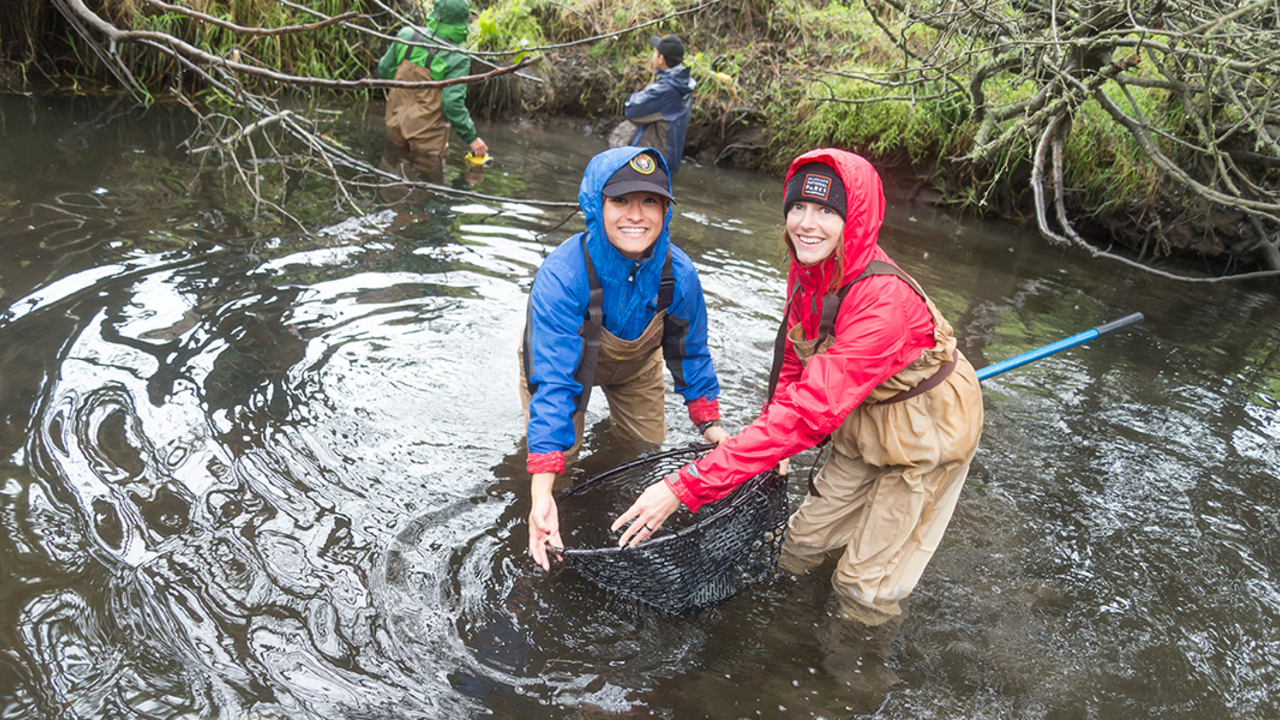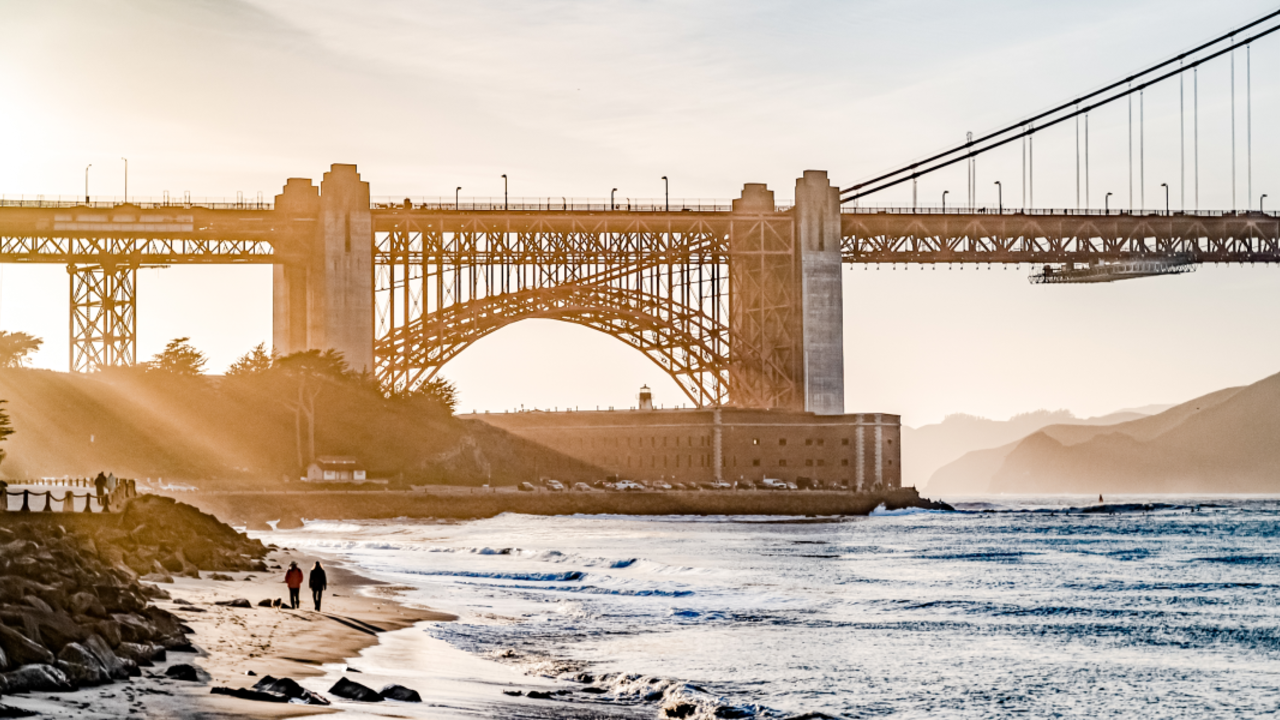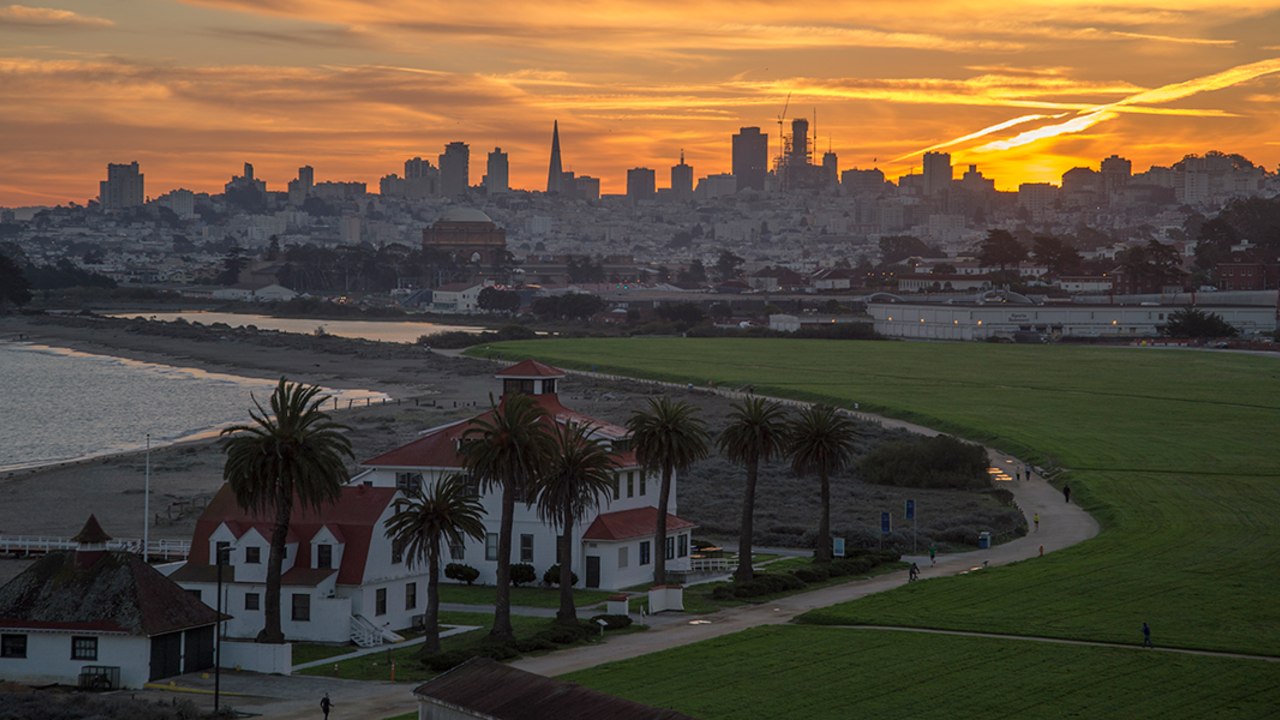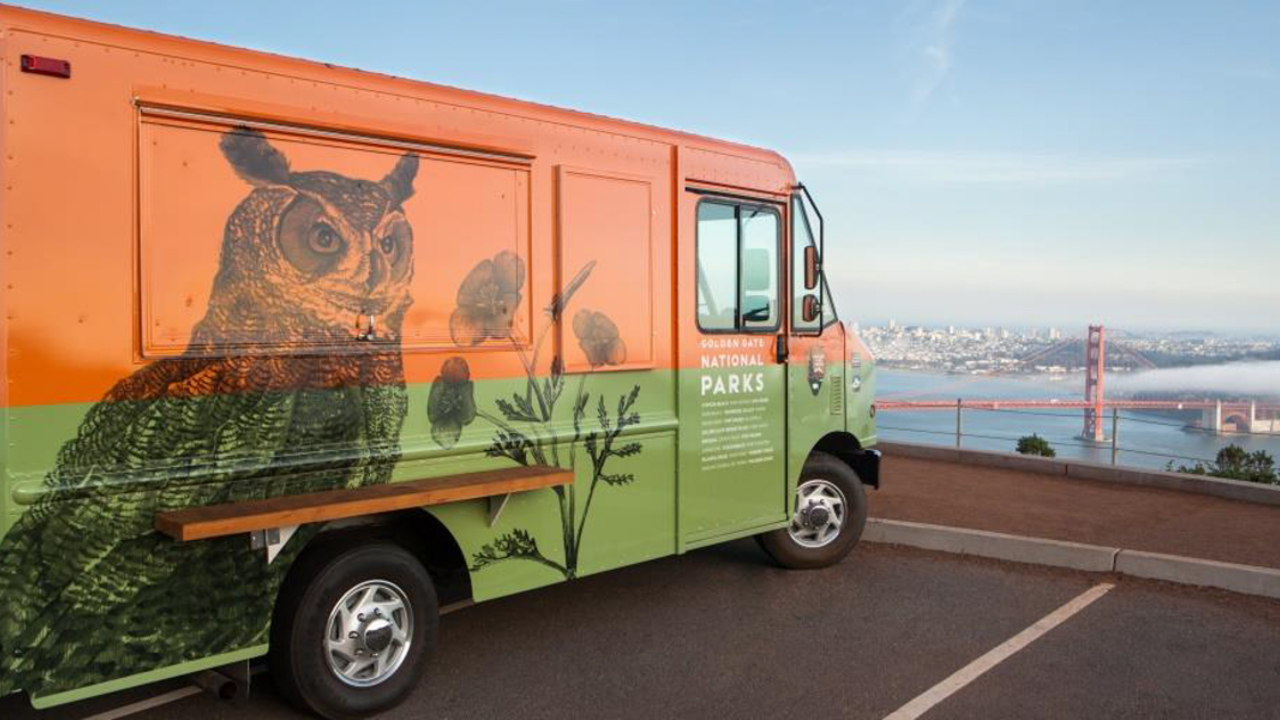About the Parks Conservancy

Alison Taggart-Barone/Parks Conservancy
Muir Woods. Crissy Field. Alcatraz. The Marin Headlands. Stinson Beach. Lands End. The Presidio. And 30 more national park sites north and south of the Golden Gate, along with beloved spots like Presidio Tunnel Tops and Crissy Marsh.
Only one non-profit organization supports them all. The Golden Gate National Parks Conservancy.
Since 1981, partnering with the National Park Service and Presidio Trust, the Parks Conservancy has provided over $685 million in support to the Golden Gate National Parks, rallied more than 275,000 volunteers, and pioneered innovative park stewardship and education programs.
The Parks Conservancy is a registered 501(c)(3) nonprofit under EIN 94-2781708. Donations are tax-deductible to the fullest extent allowable under the law.
Explore our diverse array of programs and projects in support of the parks—and then learn how you can help. Become a member, donate, or volunteer.
About the Golden Gate National Recreation Area
The Golden Gate National Recreation Area, Muir Woods National Monument, and Fort Point National Historic Site comprise the Golden Gate unit of the National Park Service. Together, they're often among the top 3 most-visited units of the 417 parks under the NPS, sometimes attracting over 15 million visitors in a year—more than the visitation to Yosemite, Yellowstone, and Grand Canyon national parks combined.
Stretched across more than 82,000 acres north and south of the Golden Gate Bridge, these parks also constitute one of the world’s largest national parks in an urban setting. They feature:
- 37 distinct park sites, from Muir Woods National Monument to Fort Point National Historic Site to Alcatraz Island.
- More than 130 miles of trails.
- 1,200 historic structures.
- 1,000 types of plants, 250 bird species, and the 3rd largest number of federally endangered and threatened species of all 401 units within the National Park Service.
- Significant natural resources making the parks a “biodiversity hotspot” designated by UNESCO.
- 19 separate ecosystems in 7 distinct watersheds.



